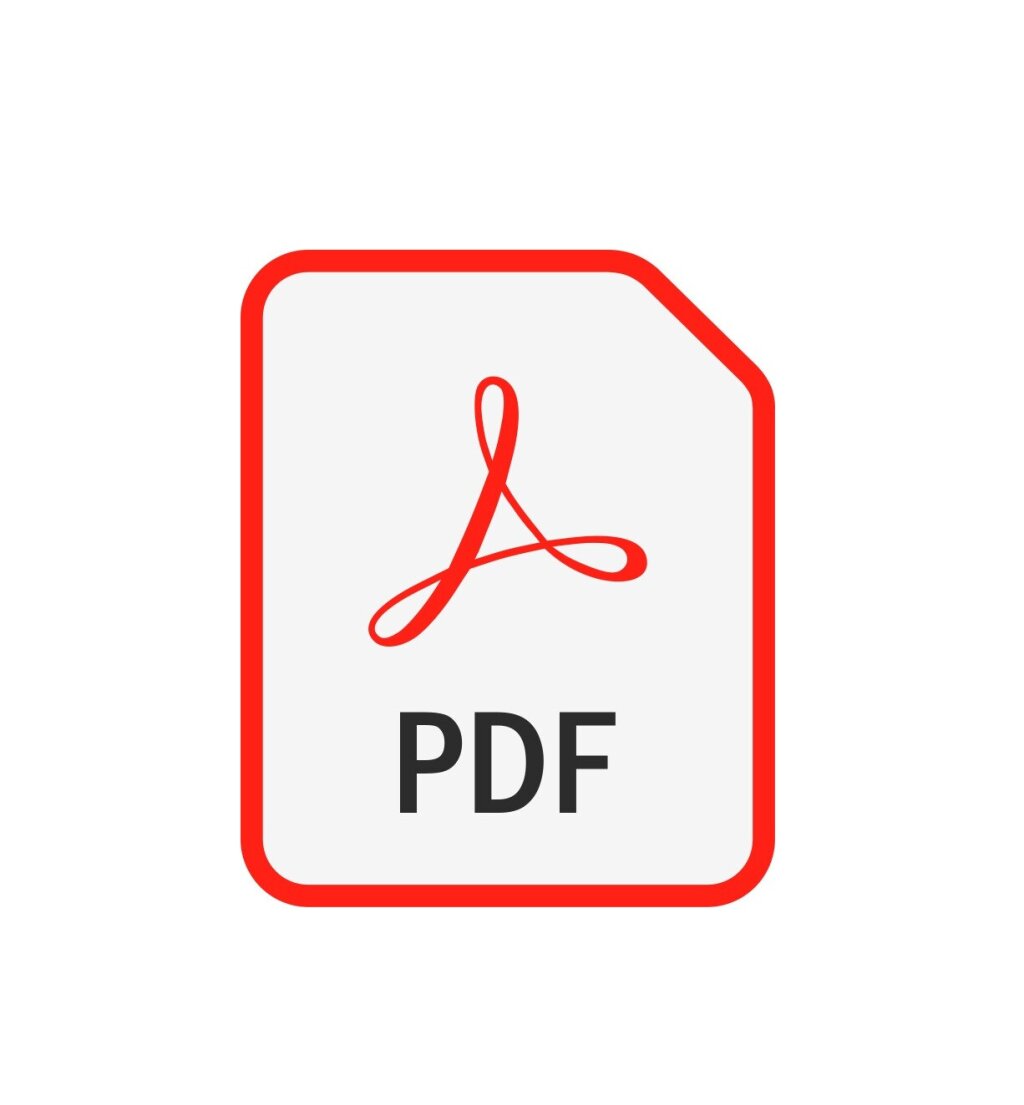Securing medical records with document redaction software
The security and privacy of medical records are of paramount importance in the healthcare industry. With the increasing use of electronic health records (EHRs) and digital documentation, protecting sensitive patient information from unauthorised access has become more critical than ever.
Document redaction software plays a vital role in securing medical records by ensuring that personally identifiable information (PII) and protected health information (PHI) are adequately obscured or removed before being shared or before being stored.
Medical record keeping standards UK
In the UK, medical record-keeping standards require accuracy, completeness and timeliness.
Records must be clear, legible and include all relevant patient information, such as history, diagnoses, treatments and consent.
Confidentiality is paramount, with access restricted to authorised personnel.
Records should be updated promptly, securely stored and retained according to legal guidelines, usually for at least eight years.
Adherence to these standards ensures quality care and compliance with legal and regulatory requirements.
The importance of medical records keeping
Medical record keeping is vital for delivering high-quality patient care and ensuring continuity of treatment.
Accurate records provide a comprehensive history of diagnoses, treatments and patient responses, which aids in informed decision-making.
Records support effective communication among healthcare providers, ensure compliance with legal and regulatory standards, and protect against potential disputes.
Additionally, well-maintained records facilitate research and quality improvement efforts, enhancing overall healthcare outcomes.
How long should medical records be kept for?
In the UK, medical records should generally be kept for at least eight years from the date of the last entry.
For minors, records should be retained until the patient reaches 25 years old.
These retention periods ensure compliance with legal requirements, support continuity of care and provide a safeguard for legal and clinical references.
Medical records security redaction challenges
Many healthcare organisations struggle with the challenge of protecting personal health information while following all legal requirements. Redaction poses a particular challenge.
However, patients entrust healthcare providers with their most sensitive data and believe it will remain secure and private, and only be shared for legitimate healthcare purposes.
In this article, we explain what medical records’ redaction involves and provide straightforward tips for complying with regulations.

Understanding document redaction
Document redaction is the process of editing a document, such as a medical record, to remove or obscure sensitive information in order to make personal data unreadable to unauthorised users.
Types of information to redact:
Personally Identifiable Information (PII) such as names, addresses, social security numbers, phone numbers and email addresses.
Protected Health Information (PHI), which includes medical history, diagnosis codes, treatment information, insurance details and any other data that can be linked to a specific individual.
Reasons to redact medical records
1. Medical records: legal compliance
Health Insurance Portability and Accountability Act (HIPAA)
HIPAA applies to healthcare providers, health plans, healthcare clearinghouses and their business associates.
HIPAA is intended to ensure the confidentiality, integrity and availability of all electronic PHI (ePHI).
General Data Protection Regulation (GDPR)
GDPR applies to organisations processing personal data of individuals within the EU (UK GDPR is comparable).
GDPR is intended to protect personal data against unauthorised and unlawful processing, and to protect against accidental loss, destruction or damage.
While HIPAA and GDPR are two of the most far-reaching laws, there are many regional and national laws that require stringent protection of medical records and personal data.
2. Preventing identity theft and fraud
Redaction prevents identity theft and unauthorised access to personal information that can lead to financial fraud and other malicious activities.
Redaction prevents medical fraud by protecting medical records and helps prevent fraudulent activities such as insurance fraud and false medical claims.
3. Protecting patient privacy
Redaction protects confidentiality by ensuring that sensitive patient information is only accessible to authorised personnel.
Maintaining the privacy of medical records builds trust between patients and healthcare providers.
Consequences of non-compliance
The legal necessities of PHI under GDPR and HIPAA compliance cannot be understated. Adherence to redaction rules under privacy regulations is obligatory for all healthcare organizations.
Healthcare providers face serious penalties for failing to protect sensitive patient information properly through adequate redaction.
Effective medical records redaction practices are not only about fulfilling a regulatory checklist; they are about ensuring the secure and respectful handling of patient data, fostering trust and upholding the integrity of healthcare services.
Redacting medical records: identify sensitive information
PHI elements include:
Patient names, geographical identifiers, dates directly related to an individual, phone numbers, fax numbers, email addresses, social security numbers, medical record numbers, health plan beneficiary numbers, account numbers, certificate/license numbers, vehicle identifiers, device identifiers, web URLs, IP addresses, biometric identifiers, full-face photographs, and any other unique identifying images, numbers or codes.
How to redact medical records
Redacting medical records ensures patient privacy by removing sensitive information before sharing. Use automated AI tools to obscure names, addresses, dates of birth and other personally identifiable details.
Ensure compliance with HIPAA or GDPR by storing both original and redacted versions securely.
Digital redaction should apply encryption to prevent data recovery. Always verify accuracy before sharing. Automated redaction tools improve efficiency and reduce human error, making compliance with privacy regulations more effective and reliable.
What should be redacted from medical records?
Redacting medical records is essential for protecting patient privacy and ensuring compliance with HIPAA, GDPR and other regulations. The following information should be redacted:
Personally Identifiable Information (PII)
Names, addresses, phone numbers, email addresses, Social Security numbers and any unique patient identifiers.Demographic Details
Date of birth, age, gender and ethnicity if not relevant to disclosure.Medical Record Numbers
Hospital and insurance identification numbers.Provider Information
Names and contact details of healthcare providers, if confidentiality is required.Financial Information
Billing details, insurance policy numbers and payment records.Sensitive Notes
Psychotherapy notes, genetic data or any confidential patient communications.
Proper redaction methods, including digital encryption and AI-based tools, ensure security and compliance.
Choosing the right medical records redaction tools
Features to look for:
Automated detection
The ability to identify and redact sensitive information automatically.Customisable redaction
Options to redact information manually or adjust redaction settings.Audit trails
The ability to track changes and provide logs for compliance and review purposes.User access controls
The ability to limit access to sensitive information to authorised users only.
Implementing medical records redaction techniques
Redaction techniques:
Blackout
Completely obscures the text with a black bar.Whiting out
Covers the text with a white bar to make it invisible.Masking
Replaces the text with generic placeholders.Content removal
Permanently removes sensitive content from the medical records and documents.
Reviewing and validating redacted medical records
Manual review:
Ensure all sensitive information is adequately redacted.
Verify that the redaction does not affect the readability or integrity of medical records.
Automated validation:
Use automated redaction software with built-in validation features to ensure the accuracy of redacted content.
Storing and sharing redacted documents
Secure storage:
Use encrypted storage solutions to protect redacted medical records.
Implement access controls to limit document access to authorised personnel.
Secure sharing:
Every physical and digital document containing patient health information must be protected from unauthorised access.
When sharing information with authorised third parties, such as business associates, redaction ensures that only necessary data is visible.
Use secure file-sharing methods such as encrypted email, secure cloud services or secure file transfer protocols (SFTP) to share redacted documents.
Recommended medical records redaction software
Facit’s Document Redaction
Facit’s Document Redaction automatically identifies sensitive data and completely removes the data from documents before they are shared with third parties or, if necessary, stored. The redaction process is fast and straightforward. Facit’s document redaction solution has an intuitive interface that can be operated by non-technical personnel.
Redaction features:
Automated redaction
Comprehensive document, spreadsheet and unstructured data redaction tools
Automatic and manual redaction options
Detection of PII and PHI.
User-friendly interface
Advanced redaction capabilities
Compliance with HIPAA and GDPR
Best practices for medical records redaction
Best practices ensure that you can protect sensitive patient information effectively. Here are some key practices to ensure compliance:
Do not redact original records
Save a copy of the document you want to redact. Accidentally redaction means you will lose information forever.Establish redaction standards
Develop comprehensive guidelines that clearly outline what constitutes PHI and how it should be handled.Use automated redaction tools
Automated redaction tools identify and redact PHI more consistently and efficiently.Update redaction protocols
As privacy regulations evolve, update your redaction practices.Train your team
Ensure that everyone involved in handling PHI is trained in your redaction policies and procedures. Continuous training is a core component in maintaining compliant practices.
By adopting medical records redaction best practices, you can keep sensitive patient information safe and uphold your legal and ethical responsibilities.
Redaction of medical records: clinical trials
Medical records are also a part of clinical trials for new drugs and treatments. Clinical trial confidentiality forms part of regulatory compliance.
Redaction or anonymisation of clinical trial records is necessary to protect sensitive patient information.
Securing medical records: conclusion
Securing medical records through effective document redaction is essential for compliance, patient privacy, and preventing identity theft and fraud. By understanding the importance of redaction, implementing best practices, and deploying robust redaction software, healthcare organisations can protect sensitive information and maintain the trust of their patients.
If you would like to learn more about how Facit’s Document Redaction helps healthcare professionals to secure medical records, please get in touch.
Related articles



